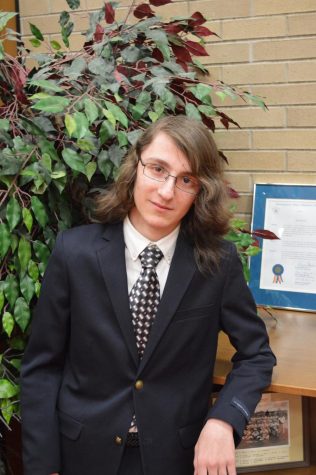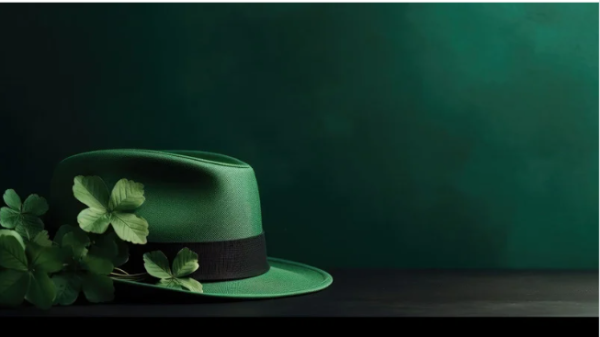Associate Justice Brett Kavanaugh—an overview
An exciting and grueling week it was, the first week of October 2018. Although the process had begun earlier, in mid-September, it was arguably on this week that the American public was most divided and at odds with itself—and rightfully so—over the Supreme Court nomination of Brett Kavanaugh.
For what can be said objectively, Kavanaugh is not a sorely unqualified man for the position. Born and raised in Washington, D.C., or within a half-hour drive of it, Kavanaugh was educated in the city of Bethesda, Maryland, in the same class as a Maryland State Senator and two years ahead of Supreme Court co-justice-to-be Neil Gorsuch; he graduated in the top of his class. From there, he proceeded to attend Yale University and Yale Law School, in both of which he also achieved academic excellence. It was primarily these achievements, on top of his already rather outstanding résumé as law clerk for Supreme Court justice Anthony Kennedy—whom he would later replace—and member of George W. Bush’s legal team, that granted Kavanaugh an eleven-year career as a federal appellate judge for the Washington, D.C. circuit.
It was here, however, that his more or less unstained record of political excellence (notwithstanding the reluctance of the Senate to confirm him for fear of partisanship, nor the controversial cases in which he had participated) came to a sharp close.

Brett Kavanaugh delivers testimony before the Senate Judiciary Committee, prior to his confirmation to the Supreme Court
On July 9, 2018, President Trump officially announced that he would officially nominate Kavanaugh to the position of associate justice on the Supreme Court, as a replacement to retiring Justice Anthony Kennedy. This, of course, stirred a justified portion of anxiety among the citizens of the United States—in part because the nomination came as the second Supreme Court pick of President Trump, in part because its outcome would alter party lines on the court in favor of conservatives, as opposed to the court that was previously moderated by Kennedy’s swing vote. However, the process itself went relatively smoothly, with Kavanaugh’s first sexual assault allegation surfacing on July 20 but going more or less unnoticed by the media at first.
This allegation is what eventually led to the controversy that erupted over his nomination and appointment.
The confirmation process for the new prospective justice began on September 4, with an immediately chaotic start as senators spent nearly a full hour motioning the Sen. Chuck Grassley (R-IA), chairman of the Senate Judiciary Committee, to postpone the hearing due to the extremely late release of nearly 42,000 pages of documents regarding Kavanaugh hours before the hearing. In addition, protestors rallied and chanted in the audience—a total of 17 of these protestors were arrested within the first hour of proceedings, according to the Capitol Police. These protests and arrests continued through most of Kavanaugh’s hearings, which otherwise mostly consisted of the judge being asked questions on matters of political controversy and importance; the hearing of September 7 stood out from these, being marked by the testimonies of a survivor of the Parkland school shooting of February 2018 and a testifying member of the Watergate scandal.

Professor Christine Blasey Ford testifies in front of the Senate Judiciary Committee about Kavanaugh sexually assaulting her in high school
Easily the most notable and controversial of these hearings occurred on September 27, where Christine Blasey Ford, a professor of psychology in California, spoke against Kavanaugh and raised an accusation of sexual assault that had occurred 36 years prior, while both were still in high school. The hearing was noted, among other things, for the extremely emotional nature of the testimonies of Ford and Kavanaugh alike, with the latter being ridiculed on the internet for giving his vehement denial of the allegations through tears. These allegations, in addition to two others (which died at their foundations due to lack of evidence from witnesses), serve generally as the bases for statements of incompetence on Kavanaugh’s side, with aforementioned fears of partisanship supplementing them. The hearings were also marked by Senator Lindsey Graham (R-SC) delivering a furious tirade in defense of Kavanaugh, where he accused the Democrats of the Judiciary Committee of committing an “unethical sham” of the nominee.
A week-long FBI investigation of Kavanaugh’s background was launched at the request of the Judiciary Committee, accompanied by a series of tweets supporting the nominee from President Trump and a string of rumors that the investigation’s breadth was being hindered by the opposition. This investigation proved fruitless in halting the process of the Supreme Court nomination, however; after several debates and votes on the Senate floor, Kavanaugh was confirmed to the court by a party-line vote of 50-48 on October 6, and was officially sworn into his position on the same evening.
As of October 9, Justice Brett Kavanaugh has yet to author a decision for the highest court in the land; the nation awaits in anticipation to see how President Trump’s second—and arguably more controversial—Supreme Court pick performs in his new position.

My name is Daniel Shevchenko, and I am a sophomore at the Greater Nanticoke Area High School. I have lived in Nanticoke for six years, having moved here...












